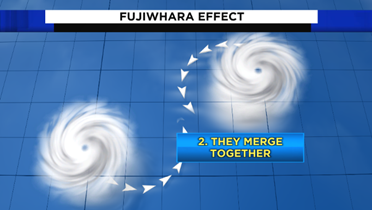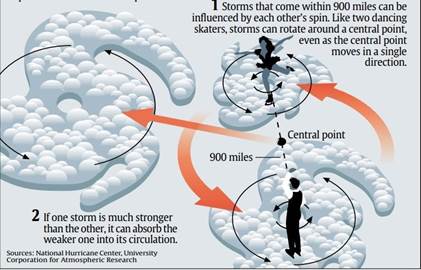





Disclaimer: Copyright infringement not intended.
Context
Fujiwhara Effect

Description
https://www.downtoearth.org.in/news/climate-change/perfect-storm-what-is-the-fujiwhara-effect--85337











© 2025 iasgyan. All right reserved